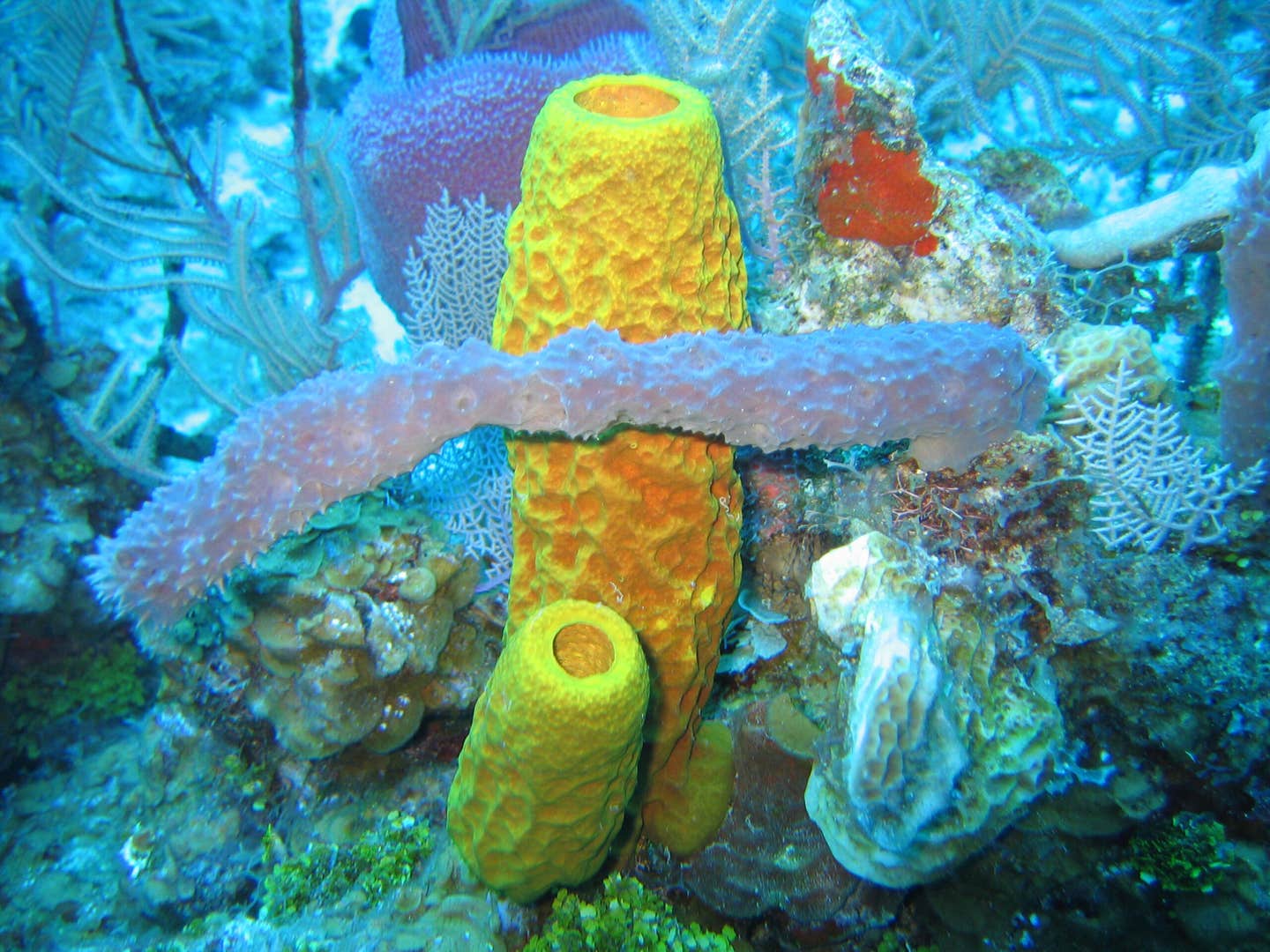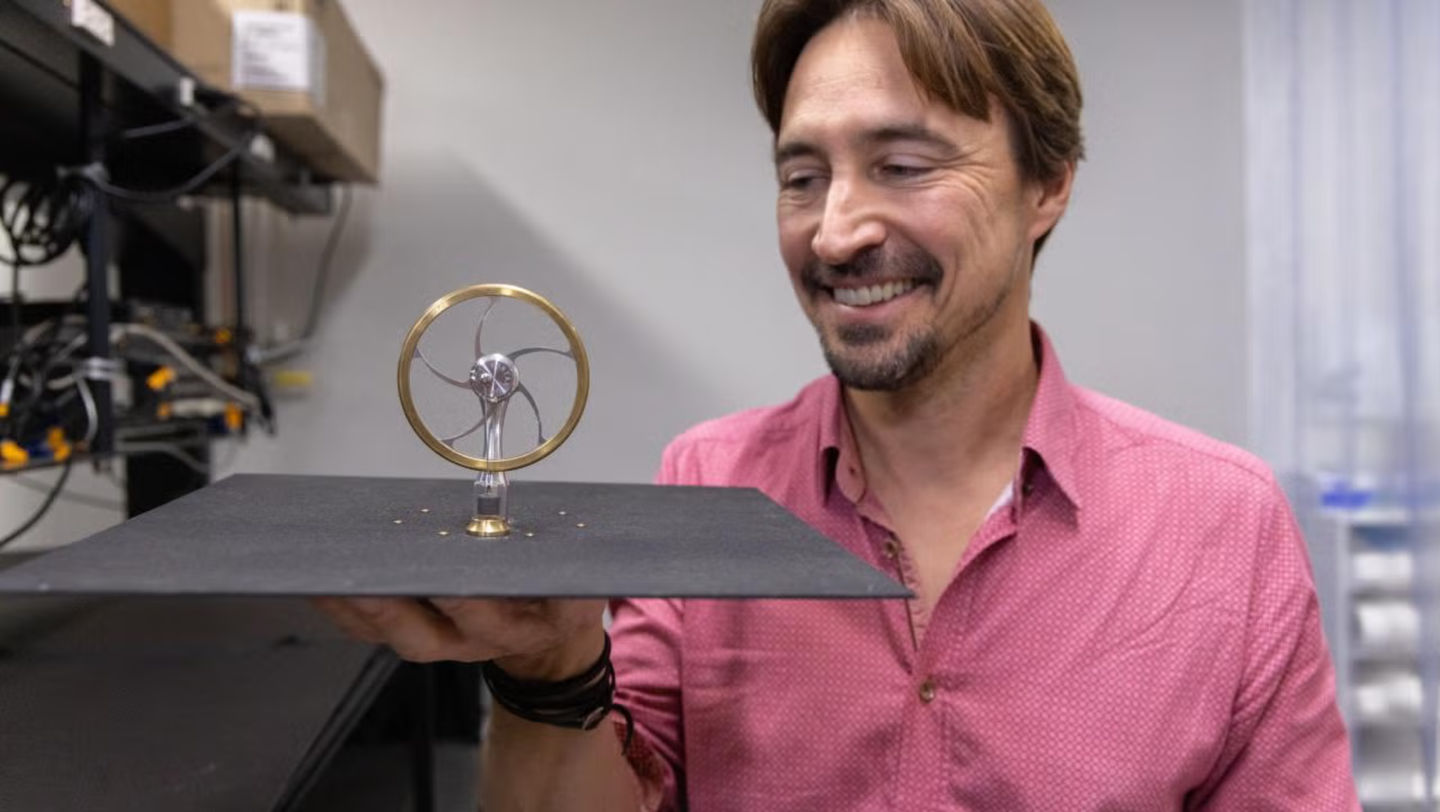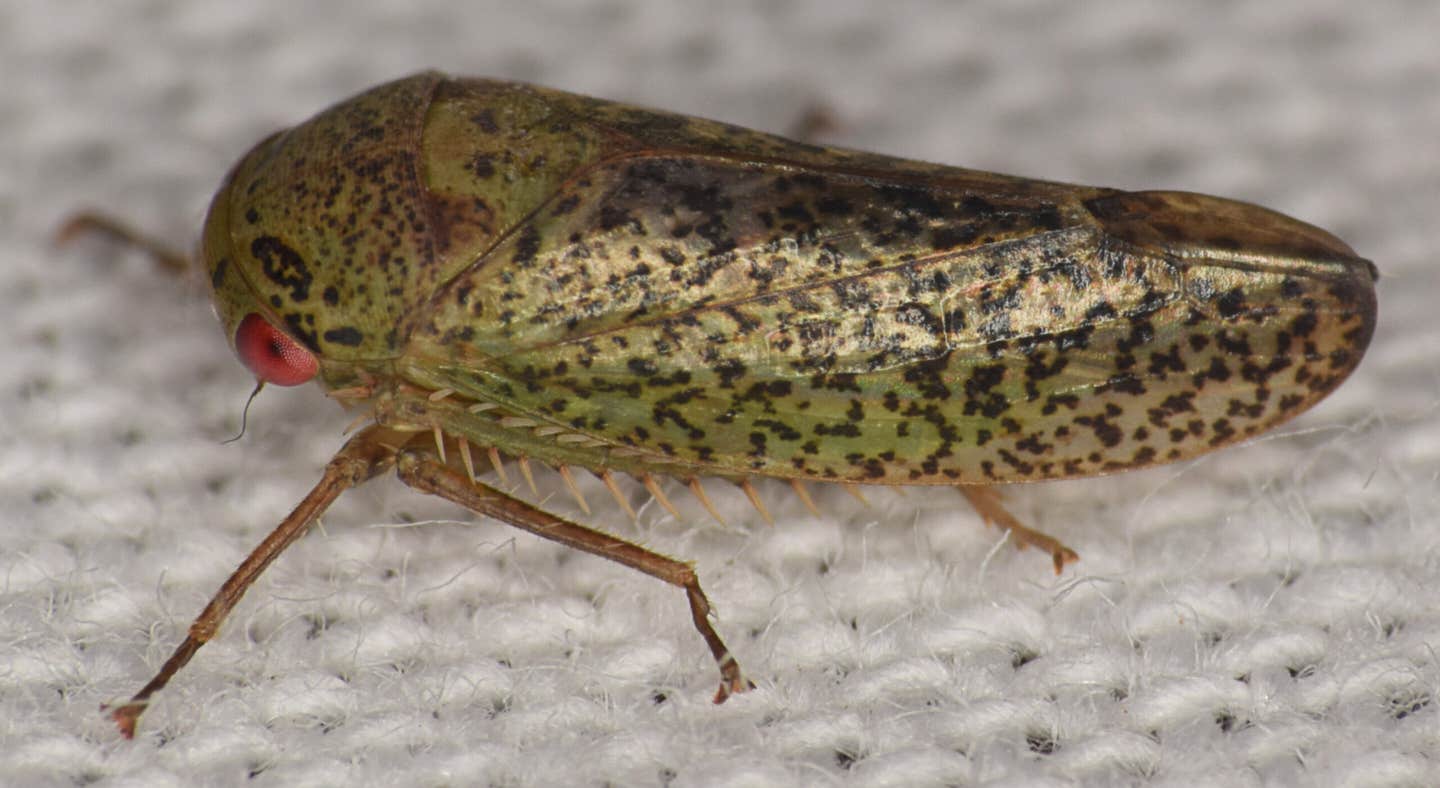Earth’s first animals may have been sea sponges, study finds
Scientists discover sponge fossils in ancient rocks, pushing back the timeline of the first animals on Earth.

New research finds chemical fossils from sponges in rocks over 541 million years old, suggesting animals emerged earlier than once thought. (CREDIT: Wikipedia / Cayman Island Twilight Zone 2007 Exploration, NOAA-OE / CC BY-SA 4.0)
A team of scientists digging up some of the Earth's oldest rocks has uncovered new chemical evidence that Earth's first animals were likely ancestors of the modern sea sponge. The discovery relies on distinctive molecules preserved in stone for more than a half-billion years and suggests that ancient ancestors of modern sea sponges were among the first animals to exist.
The discovery relied on "chemical fossils." While fossils themselves are shells or bones, chemical fossils are molecular traces of life that made it through geological time.
The researchers found odd steranes — stable, rock-bound forms of sterols that are critical cell membrane structures — in Neoproterozoic rocks more than 541 million years old. These steranes carry the markers of sea sponges known as demosponges, offering some of the strongest evidence to date that life was developing long before the famous Cambrian explosion of life.
What Chemical Fossils Can Reveal
Sterols are substances found in all eukaryotes, from plants to animals. Humans produce cholesterol, which has 27 carbon atoms. Sterols found in plants have normally 29 carbons. Sterols affiliated with sponges are different — they have 30 or as much as 31 carbons, a unique feature that is simpler for scientists to identify their origin.
In 2009, MIT geochemists Roger Summons and colleagues released steranes of 30-carbon sterols in Omani rocks. Those findings indicated ancient sponges had lived during the Ediacaran Period, which spanned from 541 to 635 million years ago. It was before the Cambrian Period when multicellular life suddenly emerged.
The discovery was sensational but controversial. Some scientists had suggested to others that the strange steranes could be explained by algae, other single-celled organisms, or even by inorganic chemical reactions. The controversy was left unresolved as to whether or not sponges were actually the Earth's first animals.
A Stronger Signal From the Rocks
The new study builds on that earlier work and presents a key piece of evidence. The research team — made up of researchers at MIT, Caltech, UC Riverside, Cornell, Uppsala University, GeoMark Research, and SUNY — looked for 31-carbon steranes in rocks from ancient Omani, Indian, and Siberian rocks.
They found them. Two forms of C31 steranes, 24-n-butylcholestane and 24-sec-butylcholestane, were found in well-preserved rocks of over a half-billion years old. These steranes were the exact same as compounds which are known to exist in living demosponges.
"It's a combination of what's in the rock, what's in the sponge, and what you can make in a lab at MIT," Summons said. "You have three lines of supportive, congruent evidence, that are leading to these sponges as some of the oldest animals on the planet."
To check their findings, the team persisted. They analyzed sterols of modern sponges, followed by a laboratory synthesis of eight different C31 sterols. When they simulated the chemical changes these molecules would go through if buried for millions of years, only two converted into the exact same steranes in the rocks. The similarity ruled out random geological processes as the explanation.
"These unique steranes were present all the time," says Shawar, now a research scientist at Caltech. "It took the right questions to go find them and to truly comprehend their significance and where they originate."
Sponges Predate the Cambrian Explosion
The data suggest that sponges were already thriving long before the Cambrian Period. These ancient filter feeders most likely enjoyed life soft-bodied in the ocean, without the mineral skeletons of most modern sponge species.
"Whatever these animals were, we don't really know exactly how they would have looked like back then, but they definitely would have been in the ocean, they would have been soft-bodied, and we presume they didn't have a silica skeleton," Summons said.
If so, it would imply that the first animals were less showy than the flashy Cambrian animals textbooks normally depict. Instead of armored trilobites or stinging worms, the animal kingdom of Earth would have begun with soft, blobby sponges filtering seawater.
Authenticating Ancient Life
One of the most exciting aspects of the new research is its methodology. By gradually building the case that the steranes were not based on random chemistry or algae, the scientists set a higher standard for identifying biomarkers in the fossil record.
"In this paper we show how to validate a biomarker, and to be certain that a signal actually comes from life and not contamination or non-biological chemistry," Shawar said.
The team will now have to expand the search. They have so far only analyzed rock from a limited number of locations. By analyzing samples from other areas, they hope to further narrow down the time scale for when sponges and, as a result, animals evolved.
Practical Implications of the Research
These results extend the evolutionary history for animals and refine the image of life's first days. Knowing when and how sponges first appear allows scientists to follow the trail of sophisticated ecosystems back in time to the eventual diversification of vertebrates and then, much later, humans.
The research also shines a light on a powerful way to read the history of Earth — not with bones, but molecules. By sharpening how biomarkers are confirmed, geochemists have a new tool for investigating the history of life and searching for signs of biology in ancient, or even extraterrestrial, environments.
The technique could one day help in the quest for life elsewhere in the universe.
Research findings are available online in the journal Proceedings of the National Academy of Sciences.
Related Stories
- All living mammals evolved from this country - 50 million years earlier than previously thought
- 650 million year old creature found in California lake reveals how life evolved
- DNA study reveals modern humans evolved from two ancient groups
Like these kind of feel good stories? Get The Brighter Side of News' newsletter.
Mac Oliveau
Science & Technology Writer
Mac Oliveau is a Los Angeles–based science and technology journalist for The Brighter Side of News, an online publication focused on uplifting, transformative stories from around the globe. Passionate about spotlighting groundbreaking discoveries and innovations, Mac covers a broad spectrum of topics—from medical breakthroughs and artificial intelligence to green tech and archeology. With a talent for making complex science clear and compelling, they connect readers to the advancements shaping a brighter, more hopeful future.



